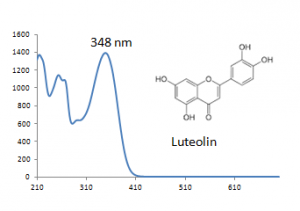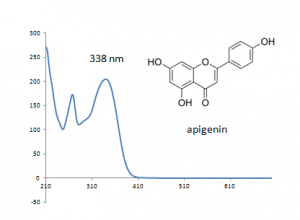Difference between revisions of "Desert Poplar (Populus pruinosa) LC"
Jump to navigation
Jump to search
| Line 22: | Line 22: | ||
[[File:P populus HPLC.PNG|center|frame|Extract of P. Pruinosa dyed textile, Absorbance at 350nm (mAU) by Jian Liu, China National Silk Museum]] | [[File:P populus HPLC.PNG|center|frame|Extract of P. Pruinosa dyed textile, Absorbance at 350nm (mAU) by Jian Liu, China National Silk Museum]] | ||
| − | == | + | == Compounds identified == |
[[File:Desert polar result.PNG|center|frame|Compounds identified, By R. A. Laursen, Boston University ]] | [[File:Desert polar result.PNG|center|frame|Compounds identified, By R. A. Laursen, Boston University ]] | ||
Revision as of 12:25, 5 September 2017
Description
Desert Poplar, 灰胡杨, (Populus pruinosa)is a medium-sized deciduous tree. The tree grows up to 10(-20) m tall. The bark has grayish yellow color. It naturally grows in Central and Southwestern Asia, including Western China, [1]
Historical importance
Summary of results
Multiple flavonoids, luteolin, apigenin, chrysoeriol and their glycosides were identified from desert poplar dyed wool samples.
Analytical instrumentation and procedures
Chromatograms
Compounds identified
Identified compounds
| Compound | RT (min.) | MW | UV/vis | Other |
|---|---|---|---|---|
| Luteolin | 35.7 | 286 | 348 | |
| Apigenin | 39.2 | 270 | 338 |
References
[1] Flora of China, efloras.org Populus pruinosa http://www.efloras.org/florataxon.aspx?flora_id=2&taxon_id=200005695 [2] [3]




